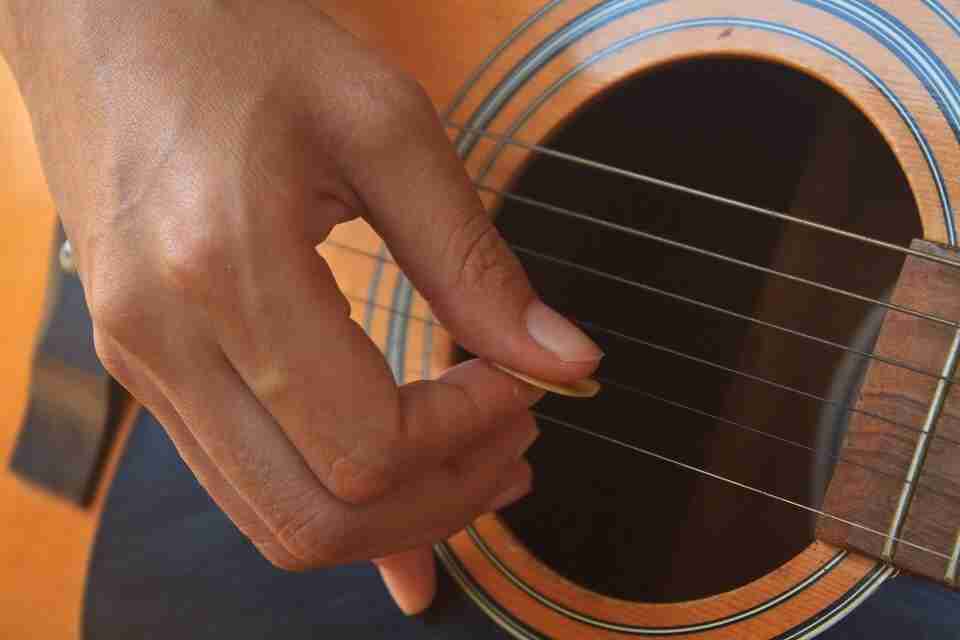Though unknown to most, the mellophone remains to offer a unique sound that further adds diversity to the brass section of an orchestra. Those who can master the mellophone then belong to a group that appreciates it for the voice offered within a brass ensemble or a marching band. So, in this article, we take a look at the mellophone and expound on its art, describe its traits, playing procedures, and why it’s so critical for anyone learning how to play to be able to read the mellophone fingering chart, mellophone finger chart, mellophone instrument, and mellophone fingerings. Let’s look deeper into the world of.
Understanding the Mellophone Instrument
This brass instrument resembles the French horn in most of its design but has a unique sound. Its versatile nature allows it to be used in a marching band and a brass ensemble. Its forward-facing bell allows sound to project over great distances, making it ideal for outdoor events.
The Importance of the Mellophone Fingering Chart
This chart on fingering is an essential tool for any musician practicing on this instrument. It offers a clear guideline for positioning fingers to produce various notes. With such a fingering chart, mastering the brass instrument can be easier. It’s best to refer to this chart occasionally to stay on course with the notes.
Techniques of Mastering the Mellophone Finger Chart
Mastering the mellophone finger chart is subject to perfect practice and attention to detail. Musicians must develop that muscle memory to help them transition between the notes without necessarily tampering with the instrument’s pitch or tone. With a mellophone finger chart, they will build their confidence, which will go a long way in improving their overall playing skills.

Exploring Mellophone Fingerings
The fingerings on this brass instrument are relevant to its tonal production. The tonal production may use a different fingering system depending on the type of music played. Musicians should experiment with various fingerings to find the musical style that suits them best. This experimentation opens up the possibility of playing.
Mellophone in a Marching Band
This brass instrument has an unmatched timbre compared to others, making it preferable for marching bands. Its capability to project sound over long distances ensures it reaches the audience attending an event in an open environment. It helps maintain melodic and rhythmic structures. In a marching band, musicians must familiarize themselves with the fingering chart to play the correct notes in a lively environment.
Mellophone in Brass Ensembles
For better performance, all musicians should strive to ensure they keep improving. This involves developing better fingerings, enhancing breath control, and cultivating a good ear for pitch. Practice makes perfect, so you can hone your skills with routine and by using the fingering chart.
Mellophone Community and Resources
Community resources are quite an asset to musicians who want to enhance their skills. These are mainly found in online forums and social media groups where players share tips on the fingering chart and how to perfect the finger chart for playing. In this community, you will find insights into the brass instrument and all of its subtleties.
The Bottom Line
The brass musical instrument has remarkable peculiarities and a rich history. A player will understand the criticality of a fingering chart, the importance of the finger chart, the significance of the instrument, and the relevance of fingerings. By incorporating this into their concepts and further practising, players should be able to create beautiful music resonating with audiences in a marching band and brass ensemble group.


